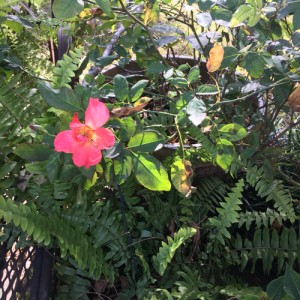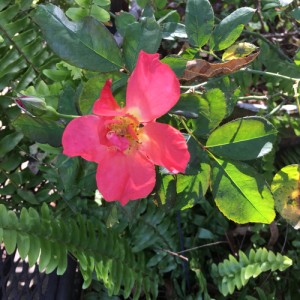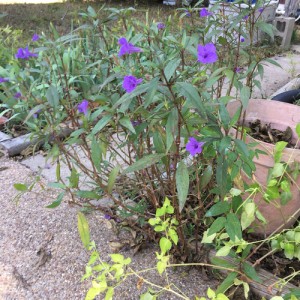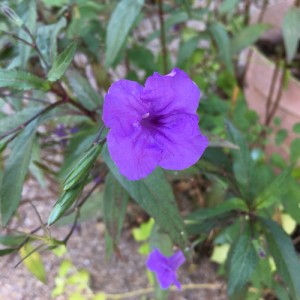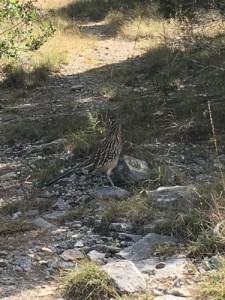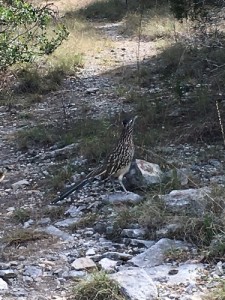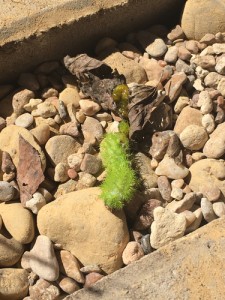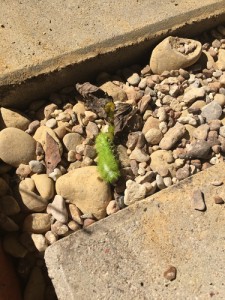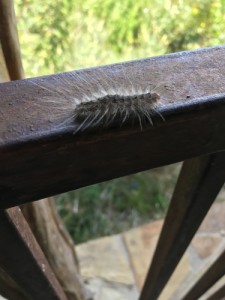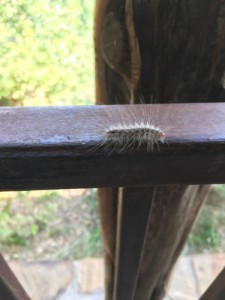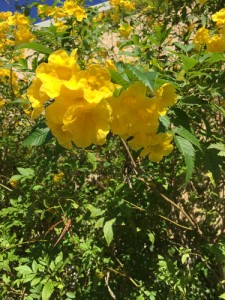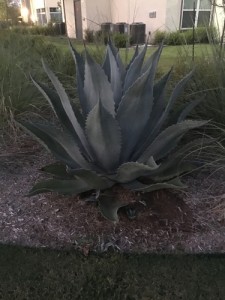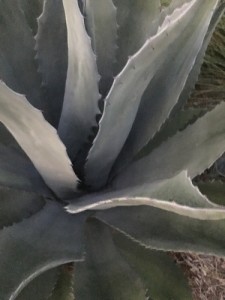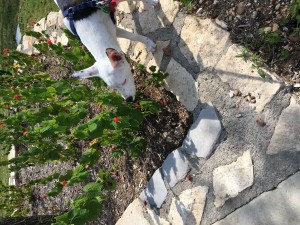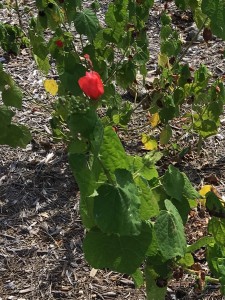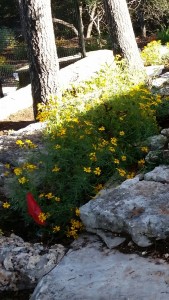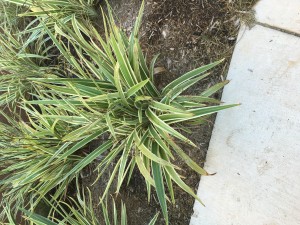This flower was actually pretty difficult for me to identify, because of all the look a likes. I am still not 100% certain this is the correct identification, but time on iNaturalist will tell. As far as I know, this is Camellia sasanqua and it is native to China and Japan, but found frequently in the south, here in the United States. It is an evergreen shrub and is sought out for its flowers. They range from 1.5 to 12 ft tall and can tolerate many different soil types.
my iNaturalist post can be found here.
